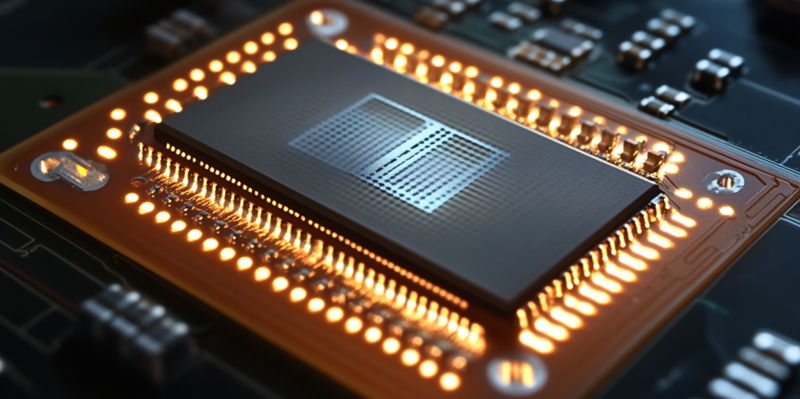Apple’s announcement of the M4 Pro chip has created waves in the tech community, promising to set new benchmarks in the performance of Mac products. This midrange system-on-a-chip (SoC) is slated to power specific upcoming Mac devices, heralding a significant leap forward from its predecessor, the M3 Pro. Key advancements in the M4 Pro include an increased number of CPU and GPU cores, faster clock speeds, and enhanced neural engine capabilities. Built on a second-generation 3nm architecture, the M4 Pro aims to deliver superior performance and energy efficiency, making it a highly anticipated upgrade for Apple’s hardware lineup.
The M4 Pro chip will be making its debut in devices such as the newly announced Mac mini, set to be available on November 8, 2024. Unlike traditional processors sold separately, the M4 Pro will be offered as an optional upgrade within specific Mac models. This decision underscores Apple’s strategy to tightly integrate hardware and software, ensuring optimal performance. Users seeking a balance of performance and efficiency will find the M4 Pro particularly appealing, especially those engaged in creative projects requiring robust processing power without the need to invest in higher-end models like the M4 Max or M4 Ultra.
Key Technical Enhancements and Features
One of the standout features of the M4 Pro chip is its support for Thunderbolt 5, which promises to revolutionize data transfer speeds and connectivity options. Additionally, the improved neural engine boasts 38 TOPS (trillions of operations per second), a substantial increase from the M3 Pro’s 18 TOPS. This enhancement will significantly improve the utilization of new AI tools and functionalities in the latest Macs, which is crucial as AI continues to play an increasingly central role in various applications, from creative software to machine learning tasks. Apple has indicated that, although specific performance metrics have not yet been disclosed, the M4 Pro will double the ray-tracing performance of its predecessor.
Another critical upgrade comes in the form of enhanced performance and efficiency cores. These improved cores are designed to handle more intensive tasks with greater speed and less power consumption. By integrating these advancements, the M4 Pro not only ensures better performance but also contributes to longer battery life in portable Mac devices. This balance of power and efficiency makes the M4 Pro ideal for professionals who need reliable, high-performing hardware for demanding tasks, such as video editing and 3D rendering, all without compromising on mobility and battery longevity.
Expected Impact on Mac Devices and Market Trends
Apple’s announcement of the M4 Pro chip has caused a stir in the tech world, promising to set new standards in Mac product performance. This midrange system-on-a-chip (SoC) is expected to power upcoming Mac devices, marking a substantial improvement over its predecessor, the M3 Pro. The M4 Pro boasts key advancements, including more CPU and GPU cores, faster clock speeds, and enhanced neural engine features. Utilizing a second-generation 3nm architecture, the M4 Pro aims to deliver impressive performance and energy efficiency, making it a highly anticipated addition to Apple’s hardware lineup.
The M4 Pro chip will debut in devices like the newly announced Mac mini, which will be available starting November 8, 2024. Unlike traditional processors that can be purchased separately, the M4 Pro will be offered as an optional upgrade within specific Mac models. This decision highlights Apple’s strategy of closely integrating hardware and software to ensure peak performance. Users who need a balance of power and efficiency will appreciate the M4 Pro, especially those involved in creative projects requiring strong processing capabilities without the need for higher-end models like the M4 Max or M4 Ultra.

